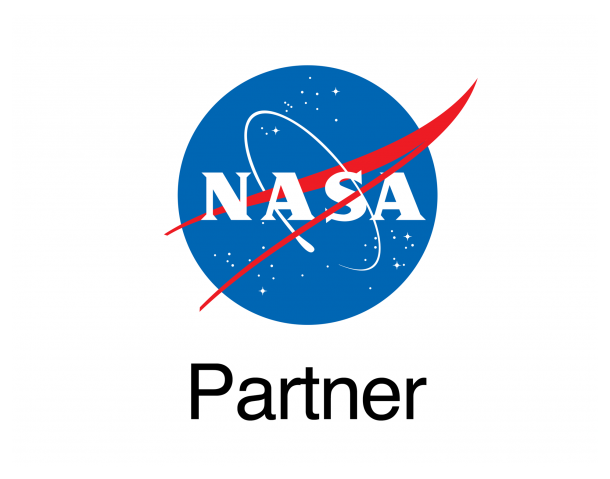Dust and Gas in the Andromeda Galaxy

nhsc_nhsc2022-001b June 16th, 2022
Credit: ESA/NASA/JPL-Caltech/GBT/WSRT/IRAM/C. Clark (STScI)
This image of the Andromeda galaxy, or M31, includes data from the ESA (European Space Agency) Herschel mission, supplemented with data from ESAs retired Planck observatory and two retired NASA missions: the Infrared Astronomical Satellite (IRAS) and Cosmic Background Explorer (COBE).
Operated from 2009 to 2013, Herschel detected wavelengths of light in the far-infrared and microwave ranges, and was ideal for studying dust in nearby galaxies because it could capture small-scale structures in the dust clouds in high resolution. However, Herschel often couldnt detect light from diffuse dust clouds especially in the outer regions of galaxies, where the gas and dust become sparse and thus fainter. As a result, the mission missed up to 30% of all the light given off by dust. Combining the Herschel observations with data from other observatories creates a more complete picture of the dust in the galaxy.
In the image, red indicates hydrogen gas; green indicates cold dust; and warmer dust is shown in blue. Launched in 1983, IRAS was the first space telescope to detect infrared light, setting the stage for future observatories like NASAs Spitzer Space Telescope and James Webb Space Telescope. The Planck observatory, launched in 2009, and COBE, launched in 1989, both studied the cosmic microwave background, or light left over from the big bang.
Red indicates hydrogen gas detected using the Green Bank Telescope in West Virginia, the Westerbork Synthesis Radio Telescope in the Netherlands, and the Institute for Radio Astronomy in the Millimeter Range 30-meter telescope in Spain.
Provider: Herschel Space Observatory
Image Source: https://www.herschel.caltech.edu/image/nhsc2022-001b
Curator: NASA Herschel Science Center, Pasadena, CA, United States
Image Use Policy: https://www.herschel.caltech.edu/page/image_use_policy

- ID
- nhsc2022-001b
- Subject Category
- C.5.1.1.
- Subject Name
- Andromeda Galaxy, M31, Messier 31, NGC 224
- Credits
- ESA/NASA/JPL-Caltech/GBT/WSRT/IRAM/C. Clark (STScI)
- Release Date
- 2022-06-16
- Lightyears
- 2,450,000
- Redshift
- 2,450,000
- Reference Url
- https://www.herschel.caltech.edu/image/nhsc2022-001b
- Type
- Observation
- Image Quality
- Good
- Distance Notes
- Facility
- Herschel, Herschel, IRAM, WRST
- Instrument
- Color Assignment
- Blue, Green, Red, Red
- Band
- Infrared, Infrared, Millimeter, Radio
- Bandpass
- Far-IR, Far-IR, CO (1-0), HI
- Central Wavelength
- 100000, 350000, 2600000, 210000000
- Start Time
- Integration Time
- Dataset ID
- Notes
- E
- Coordinate Frame
- ICRS
- Equinox
- Reference Value
- 10.6847, 41.2688
- Reference Dimension
- 7400, 4162
- Reference Pixel
- 3700, 2081
- Scale
- -0.0008333, 0.0008333
- Rotation
- 40.6
- Coordinate System Projection:
- TAN
- Quality
- Full
- FITS Header
- Notes
- Creator (Curator)
- NASA Herschel Science Center
- URL
- https://www.herschel.caltech.edu/
- Name
- Telephone
- Address
- 1200 E. California Blvd.
- City
- Pasadena
- State/Province
- CA
- Postal Code
- 91225
- Country
- United States
- Rights
- https://www.herschel.caltech.edu/page/image_use_policy
- Publisher
- NASA Herschel Science Center
- Publisher ID
- nhsc
- Resource ID
- Resource URL
- https://www.herschel.caltech.edu/system/avm_image_sqls/binaries/188/original/nhsc2022-001b.tif
- Related Resources
- Metadata Date
- 2022-07-22T05:14:10Z
- Metadata Version
- 1.2
Detailed color mapping information coming soon...















